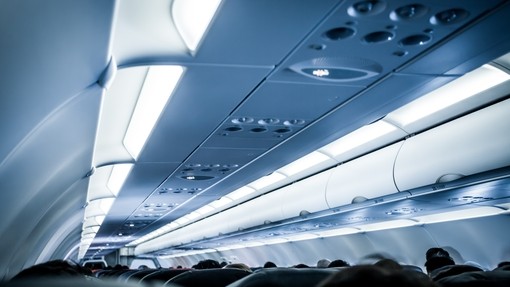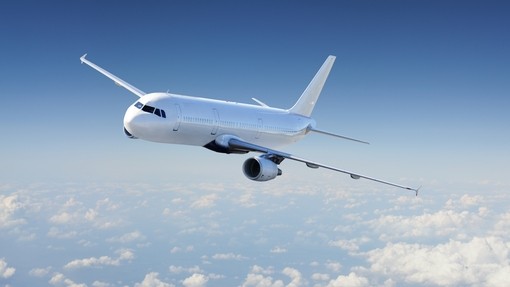The challenges of defending gastric illness claims following the case of Wood -v- TUI 2017

Details
‘Ambulance chasers’ may be an old term for a relatively new breed of operators in the holiday illness claims industry, but it may come as a surprise to discover some of these may, in fact, be driving the ambulance too. In Tenerife, one outfit linked to a UK-based claims management company allegedly makes the rounds of hotels and resorts at the wheel of an old yellow ambulance with ‘Claims Clinic’ emblazoned on the side, seeking out holidaymakers who may have suffered food poisoning or other gastric illnesses during their stay and encouraging them to bring personal injury claims.
Whilst this seems almost comically brazen, it is symptomatic of an explosion of gastric illness (GI) claims over the last few years. Two changes to the law on costs and funding in April 2013 may well have inadvertently fuelled this with allegations of an equivalent rise in fraudulent claims serious enough to warrant the attention of the Ministry of Justice. Hill Dickinson partner and head of marine, trade and energy, Maria Pittordis, was unequivocal about this surge in bogus illness claims at our recent travel law seminar in November last year.
Not all claims are fraudulent, but defending tour operators against GI claims has proved particularly difficult due to the complexity of disproving liability for the cause of such illnesses when claimants allege they did not eat anywhere else and make a catalogue of claims regarding the hygiene of the hotel which they did not raise in the resort at the time.
It is disconcerting that the Court of Appeal in the case of Wood -v- TUI Travel 2017 (not a Hill Dickinson case) dismissed an appeal where the judge at first instance held that section 4(2) of the Supply of Goods and Services Act 1982 (the Act) could be used against TUI in respect of a claim of contaminated hotel food in order to hold TUI strictly liable. Section 4(2) is an implied condition that, where property in goods is transferred pursuant to a contract, the goods must be of ‘satisfactory quality’.
In the first instance, TUI had not been held liable under the Package Travel Regulations because the claimants had not succeeded in establishing fault on the part of TUI or the hotel on the basis that they had taken care to comply with high standards of food hygiene; a finding which was not appealed. The trial judge concluded that food could be contaminated without fault on the part of the hotel. If there is no negligence on the part of TUI under Regulation 15 of the Package Travel Regulations or its supplier, it is alarming to use the Act to make them liable through the back door, most especially given that a claim under section13 of the Act (which requires the ‘exercise of reasonable care and skill’) would also have failed.
The implications are staggering because the concept of fault has been removed in circumstances not envisaged by the legislature and in a climate where the number of claims has more than trebled over the last few years. The decision was based on the Supreme Court decision of OW Bunkers concerning the point at which title passes in the sale of fuel! There is no public policy reason why GI claims should by-pass the principle that fault is required for a defendant to be liable. Normally, bacteria in food can be killed by proper cooking and their presence in food is prima facie evidence that systems were not followed. There is insufficient detail in the Court of Appeal judgment to ascertain why this was not applicable in this case.
The court maintained, in defence to the floodgate argument, that, if the claimant has to prove that the food was contaminated and that this was the cause of illness, this means that liability is not, therefore, strict. We beg to disagree.
It is our view that the Act has clearly been used to support a line of argument for which it was never intended, using questionable mental gymnastics to find that ownership of food consumed at a hotel during an all-inclusive package holiday passed at the time of consumption thus invoking the strict liability provisions and by-passing the Package Travel Regulations. These Regulations sought to bring fairness to the parties and provided sufficient protection for holiday makers by applying liability to tour operators where there is actual fault and negligence where there is a ‘package’ leaving section13 still available to be invoked as added protection where the holiday service is not part of a package. It is hoped there will be a further appeal and the previous position restored.
In the meantime, this decision should not affect the determination in norovirus cases following the judgement in Nolan -v- TUI UK Ltd which remains the landmark case for such claims where Hill Dickinson successfully resisted arguments that TUI and the ship owner had been negligent both in the substance and the implementation of their procedures regarding a norovirus outbreak. The same principles were used in another class action brought against Bourne Leisure, the parent company of Butlins, which the claimant discontinued shortly before trial. It will be interesting to see if TUI appeals this latest Court of Appeal judgment given the potential ramifications for tour operators. In these two cases it could be shown that the virus had been brought to the ship and the resort by passengers or guests and therefore there would be no basis for applying section 4(2). The Court of Appeal in Wood referred to the ‘vomiting virus’ as potentially being a cause which would not necessarily have the same outcome. The outlook for food poisoning cases as a result of the Wood case does not therefore look good where the tour operator has done all it can and should therefore escape liability under Regulation 15.
A great deal of scientific knowledge and a robust strategy are required in defending these claims. Early action should be taken to identify the culprit pathogen as the procedure necessary to reduce the illness on-site differs depending on whether this is bacterial or viral. Identifying the source of illness is now even more clearly imperative given this recent judgment using section 4(2). Tour operators and lawyers need to plot the epidemic curve (epi-curve) where there are multiple illnesses. This helps identify source, timing and possible type of pathogen. The epi-curve will also help to establish if the illness was well-controlled which will be indicative of procedures being successfully implemented. This evidence was vital to our success in Nolan.
We might not drive our own Hill Dickinson-branded ambulance, but members of our travel and leisure team have a wealth of knowledge built up over the years in all matters affecting the travel industry. We are also the only travel team to have successfully defended a norovirus class action at trial.
If you have any queries or particular issues of concern, please contact us for an initial free consultation on operational procedures, claims procedures or any individual case with Maria and the team.





